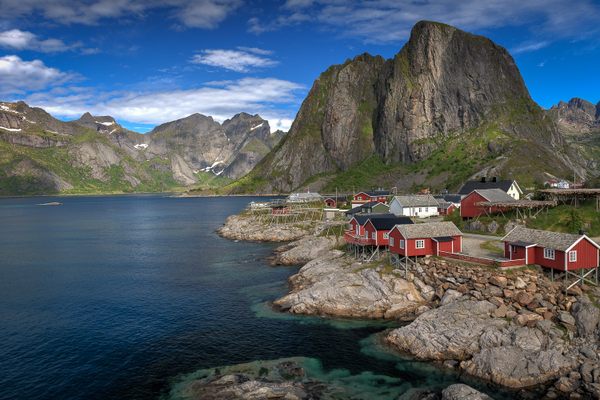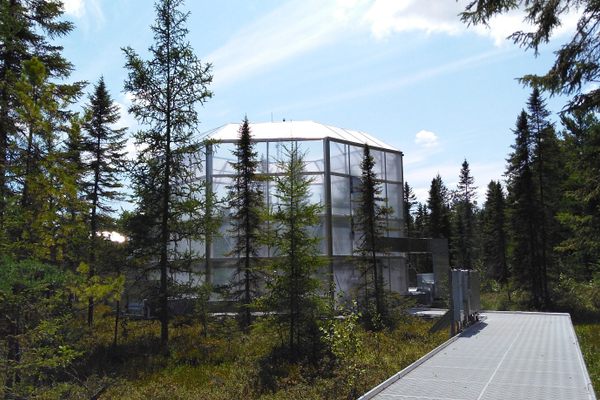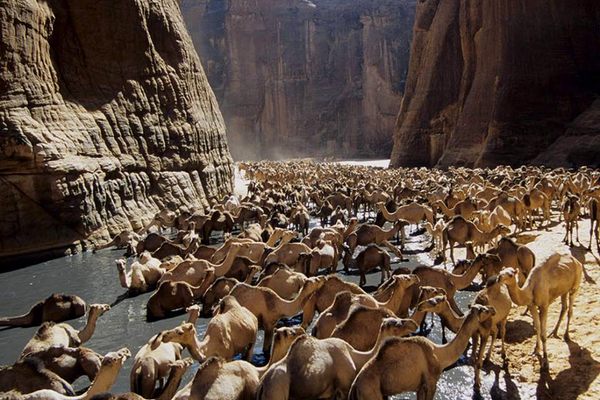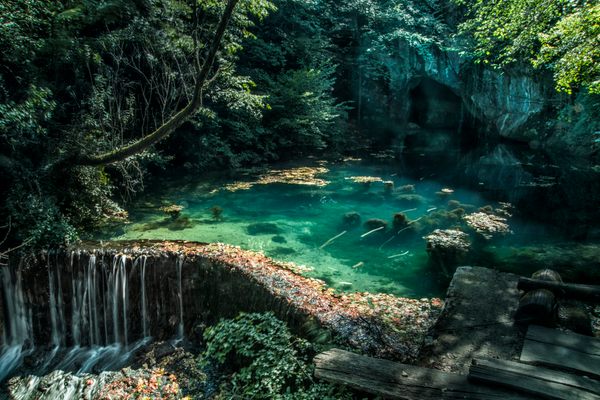About
Affectionately known as Nova Scotia's Granite Playground, Dover Island is a paradise for hikers, kayakers, bird-watchers, wave-catchers and rock climbers. The island is located just off the coast -- approximately three-quarters of a mile -- of West Dover, a "town" with one street located 45 minutes southwest of Halifax. Dover Island feels like the remotest place on earth, even though it's a stone's throw from inhabited land and the capital of the Nova Scotian province. Sheer, erratic boulders mottled with greenery plunge into the North Atlantic around the island and when fog rolls in, as it often does on Dover, it is hard to tell the difference between up, down, east, west, ocean and air. Dover Island brings out the pioneer in a person.
Dover is home to the annual, much-loved Boulderfest, a weekend-long camping and climbing trip hosted every summer by Climb Nova Scotia. Tickets for the event generally sell out in less than 24 hours and are absolutely essential for access to Dover that weekend. Any other time of the year, the island is virtually uninhabited, but for the 50 or more endangered species, including the rare Slender Blueflag Iris, that creep, crawl, and grow on its stony terrain and in its thorny briar patches and tide pools. An all-too-quiet stillness settles over the island when its animal natives, sensitive to alien presence, overhear the sounds of visitors, but they will quickly return to daily activity as you settle into your new surroundings. Curious ferrets, gulls, diving birds and mosquitos -- bigger than any you can imagine -- will fast become your new friends, whether you like it or not.
Getting to Dover Island isn't for the faint of heart or light in pocket. Locals outside West Dover have barely heard of the place, and on many nautical maps, it's referred to as Taylor Island, not Dover. Thick fog and monster swells often bombard the tiny island, even in summer, and the weather's never predictable. Some will try to convince you against going to Dover. It's a dangerous and volatile place. But there are ways nonetheless.
Norm the Blacksmith, who officially lives on West Dover Branch Road in West Dover, will happily let you park your car in his backyard to make the trek to Dover. Don't expect road signs to find Norm, however: West Dover Branch Road is an unmarked dirt path and Norm lives in a red-roofed cottage near the B + B. Norm is also willing to cart adventurers and their gear to Dover Island for a nominal fee. Fifteen dollars a person (with a $75 minimum) will buy you a ride to and from Dover in Norm's boat, some good stories and a quick tour of the surrounding area. Norm will surely tell you about Hurricane Juan back in 2003. Winds, waves and rain from the storm totally swallowed Dover Island up, and when it was all over, the island looked a lot different. Many of its house-sized boulders were split to pieces or simply washed away. At this point in Norm's story, one can't help but wonder about their own fate on Dover. Norm, too, makes you feel as if staying on Dover is like standing at the edge of a deep, dark precipice, with no idea if you're going to fall or fly over. If you'd rather travel to Dover yourself, it's easy to rent kayaks from East Coast Outfitters (2017 Lower Prospect Road, Lower Prospect, NS), if you've got the means to strap the kayaks to your car and drive 20 minutes between Lower Prospect and West Dover. This will cost you more, about $100 for an overnight rental of a double kayak.
Once on Dover Island, the world is yours. Follow the climber's trail through a narrow ravine to the oceanside and you'll find a few small, cleared areas to set up your camp. There aren't any rules, regulations, or people on Dover, but there are still standards that many visitors follow. Set up your tent on what looks like a camp clearing, a grassy area atop a hill that overlooks a stunning bay-like formation. Waves constantly crash into your new backyard, lapping up its resilience. The campsite is covered in a haze of crisp, salty ocean spray that will keep your stuff damp and your body cool. The clearing is a great starting point for exploration of the island, because you can see both its ends from the site. Make fires where there have been fires before. Stay on the climber's paths, which are unmarked, but for the most part visible and conspicuous. Officially, dogs have been banned from the island. Don't leave anything when you break down your camp and say your goodbyes.
Camping on the island is free. Access to fresh water is basically non-existant, so make sure to bring your own. You'll get sunburned, wind-blown, and all that abrasive granite stone will tear you up if you're climbing. The constant din of buzzing mosquitos and crashing waves on Dover is staggering. The atmosphere is rough and wild and it makes you feel as if you are constantly facing something much, much larger than yourself.
Amidst the scenery, Dover Island also boasts some of Eastern Canada's best rock climbing. There are over 100 boulder problems to tackle. They range in intensity from V0 to V10, and with names like Orgasmatron (V0), Fear Factor (V2),and Orangutan (V4), it's easy to see where the fun lies. There's plenty of room for invention and spontaneity on Dover too. You can turn a corner and design a route yourself; practically nothing on Dover Island is overturned. On the lee side of the island, closer to the coast, there are beautiful forests, ponds, and wildflower fields to hike through. You can go swimming and surfing in the summer too.
Related Tags
Know Before You Go
Take 333 South from Halifax to West Dover, just east of Peggy's Cove. Turn on West Dover Road and follow until you reach water.
Community Contributors
Added By
Published
August 24, 2010




























